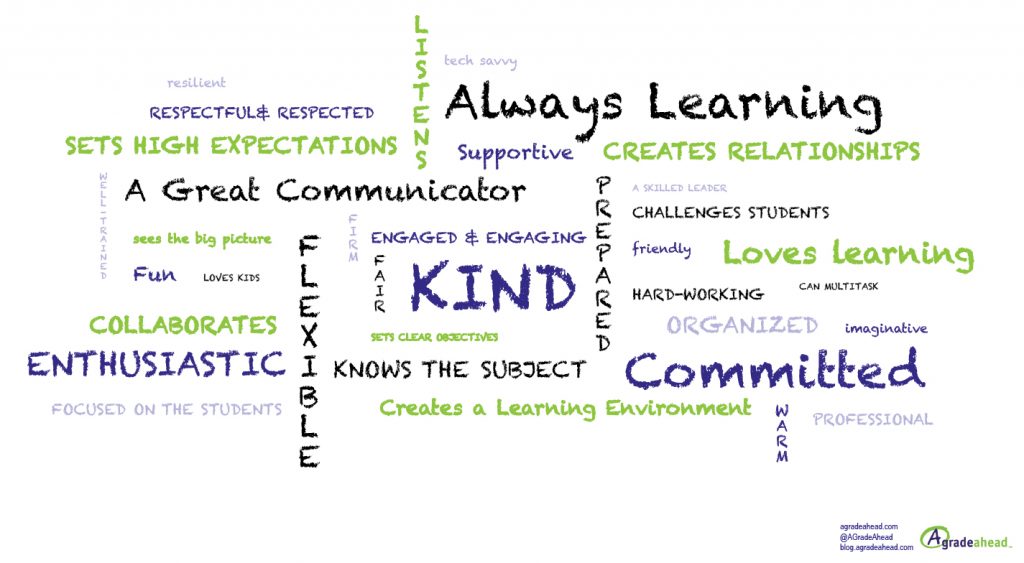Rogers Teach

- Encourage a growth mindset and provide opportunities for students to learn and improve.
- Use rewards and recognition to motivate students.
- Incorporate your students’ interests into your lessons.
- Build positive relationships with your students.
- Prioritize content mastery and understanding over high test scores.
- Give your students choices in how they learn the material.
- Modify the physical learning environment to better suit your students’ needs.

Three basic human needs that need to be met for students to develop motivation. It is also important to know meeting and not meeting these needs affects motivation and engagement.
- Self-determination theory suggests that people are motivated to learn, grow and change their lives if their three basic psychological needs are met: competence, connection, and autonomy. When these needs are unmet, students may feel motivated or need extrinsic rewards to learn or make changes (Terrell, 2023).
- In addition to the three basic psychological needs of competence, connection, and autonomy, students also need some kind of will, reason, goal, or sense of purpose. Maslow’s hierarchy of needs also suggests that physiological needs such as food, safety, love, and self-esteem are important for motivating behavior.
- When students’ basic human needs are met, they are more likely to be motivated and engaged in their learning. On the other hand, when these needs are not met, students may feel disengaged or unmotivated.
Sociocultural and cognitive factors can affect student motivation and engagement in the classroom. This is how teachers can address and overcome these factors in the classroom.
- Sociocultural and cognitive factors can impact student motivation and engagement in the classroom in various ways. For instance, sociocultural theory explains learning as a social practice while cognitive theory considers learning on an individual level. Classroom conditions play a significant role in students’ motivation to learn and achieve.
- To address these factors, teachers can create a positive learning environment that fosters student engagement with motivating teaching. Engaged learners care about the subject, feel motivated or excited to learn, and take ownership of their own learning. Teachers can also help students meet their basic psychological needs such as competence, connection, and autonomy (Cherry, n.d.).

Two examples of teacher attributes that promote student motivation and engagement, and two examples that may hinder student motivation and engagement.
To promote student motivation and engagement, teachers can:
- Exhibit enthusiasm and develop positive relationships with their students. Enthusiasm can spice up the class with excitement, enjoyment, and anticipation; engage students to participate; and stimulate them to explore.
- Positive relationships are critical for teachers to develop with their students as they have been shown to have a huge impact on student engagement.
On the other hand:
- Lack of interest in the subject matter can hinder student motivation and engagement. If a teacher lacks interest in the subject matter, it can be difficult for students to become engaged or motivated.
- Negative attitudes can be contagious and can lead to a lack of motivation among students.

Three ways teachers can improve student motivation and engagement at home and at school.
To improve student motivation and engagement, teachers can:
- Give students a sense of control over their learning by providing them with choices about what they learn, how they learn it, and how they demonstrate their learning.
- Teachers can also be clear about learning objectives by communicating them clearly and providing feedback on how well students are meeting those objectives.
- Teachers can create a safe and supportive environment by building positive relationships with their students, encouraging collaboration among students, and providing opportunities for students to share their ideas (Parrish, 2022).
Reference
Cherry, K. (n.d.). Sociocultural theory: Examples and applications. Verywell Mind. Retrieved April 30, 2023, from https://www.verywellmind.com/what-is-sociocultural-theory-2795088
Parrish, N. (2022, November 17). To increase student engagement, focus on motivation. Edutopia. Retrieved April 30, 2023, from https://www.edutopia.org/article/to-increase-student-engagement-focus-on-motivation
Terrell. (2023, April 29). 14 things every student needs. TeachThought. Retrieved April 30, 2023, from https://www.teachthought.com/learning/14-things-every-student-needs/
